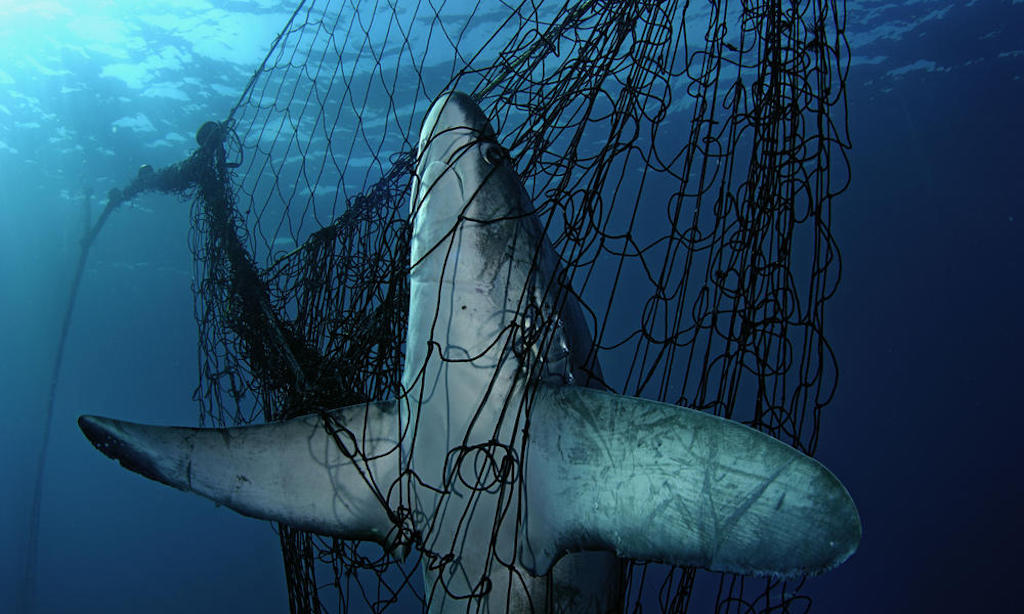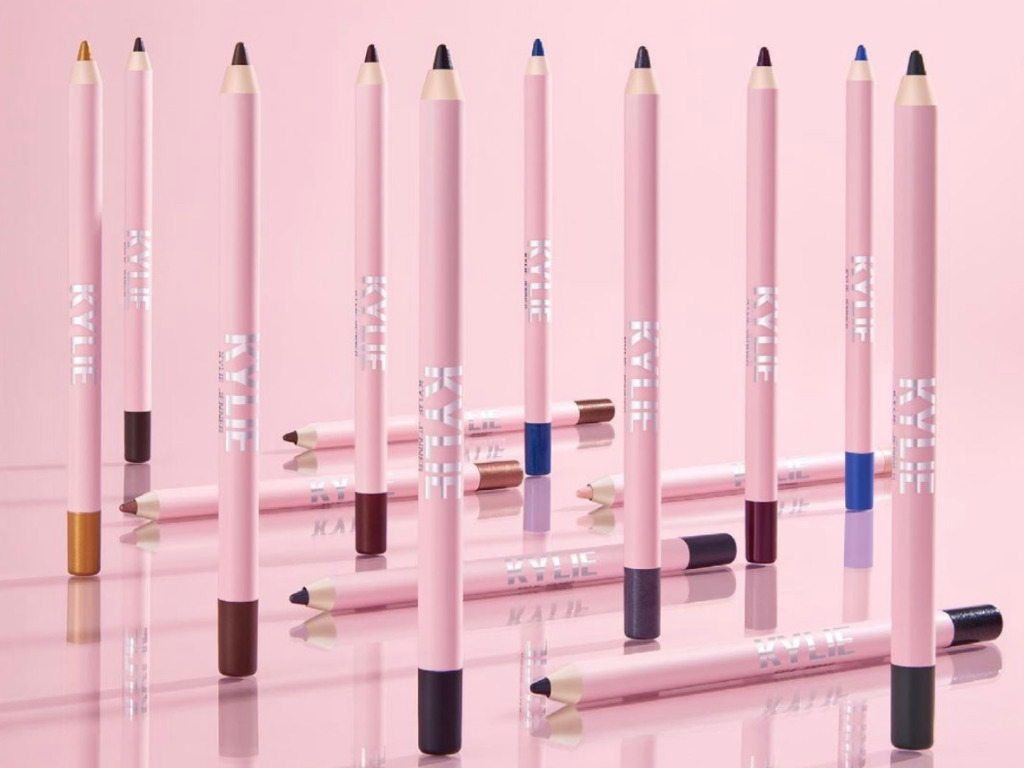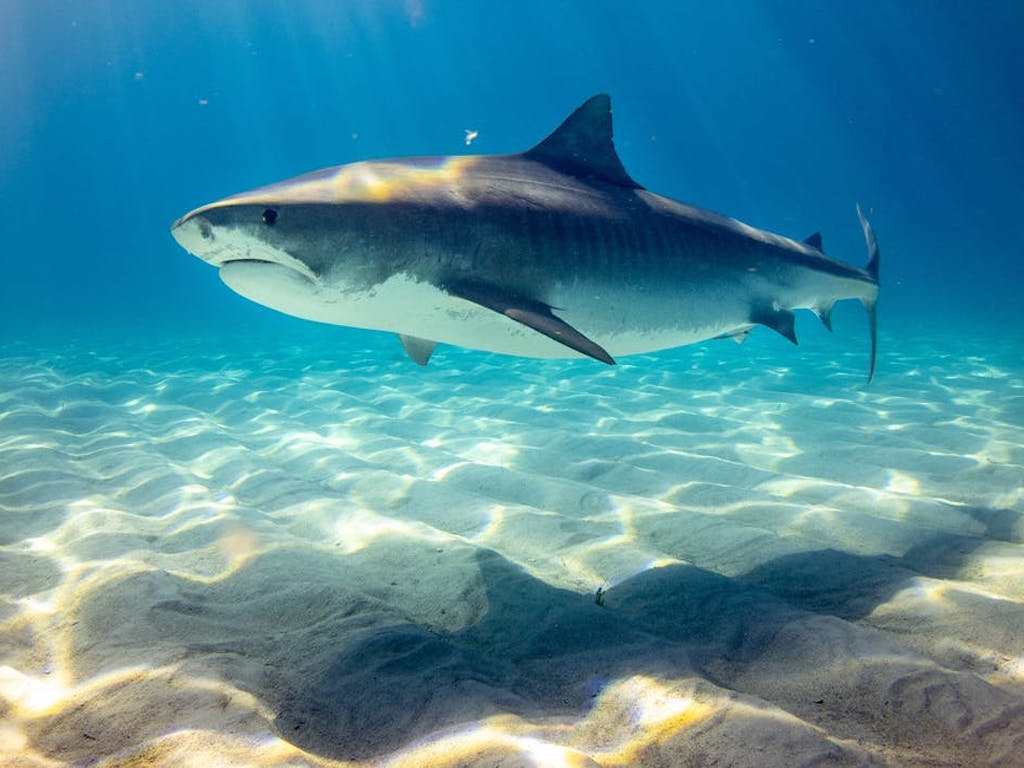Anyone who’s done a little bit of research on beauty products has likely run across the ingredient squalene in various skincare and cosmetics products. But what is squalene? Is it safe? Ethical? Here’s everything you need to know.
Squalene is an oil frequently harvested from the liver of sharks and used in the beauty, medical, and pharmaceutical industries. It was discovered in 1916 and its name is derived from the Squalidae family of sharks from which it was first extracted.
Squalene and squalane (the latter being a processed version) increases the absorption of creams, preventing moisture loss in the skin and reducing the appearance of fine lines. These factors make it a highly sought-after ingredient in things like anti-aging products, though it can also be an ingredient in lipsticks, eye makeup, tanning oils, and foundations.
Squalene is found in small quantities in the human body. It can also be extracted from certain plants such as sugar cane, olives, and fruits. However, the largest known quantities of the oil are found in the livers of deep-sea sharks.

What’s the difference between squalene and squalane?
Squalene is a naturally occurring polyunsaturated hydrocarbon. In its natural state, it has a brief shelf live because it tends to go rancid when exposed to oxygen, making it difficult to include as an ingredient in beauty products.
Squalane is the answer to that issue. It’s a hydrogenated version of squalene, which means the hydrogen it contains does not react to oxygen in the same way squalene does. It offers the same moistiruizing properties and benefits for skin as squalene, just with a much longer shelf life.
What is squalene used for?
Squalene and squalane are most commonly known as ingredients in cosmetics and personal care products. The aforementioned anti-aging products, cosmetics, and tanning oils are just a few of the available items that could contain squalene.
Use of Squalene in creams and cosmetics varies by region around the world. A 2018 study by French conservationist group Bloom tested 72 different creams and found the following:
- In Europe, 9.4% (3 out of 32) contain squalane
- In the US, one of 14 contain squalane
- In Asia, 53% contain squalane
Some brands list the source of their squalane, while others do not.
Outside of the beauty industry, squalene has also been used in treating conditions like excema and psoriasis. It has also been used in some vaccines as a boosting agent that makes the vaccine more effective.

Why is squalene controversial?
Sharks are incredibly important when it comes to keeping our oceans healthy. As apex predators, they feed on animals below them in the food chain, removing the sick and weak and helping to maintain balance in marine ecosystems.
Even so, global shark populations have declined about 70% over the last 50 years.
By conservative estimates, humans kill 100 million sharks every year. The popularity of shark fin soup has historically been blamed for this number, but as Greenpeace noted earlier this year, the overfishing of sharks is driven by a much larger international trade that’s after more than just the sharks’ fins:
“Whether it’s the use of Fish Aggregating Devices together with huge purse seine nets by France and Spain in tuna fisheries, or illegal driftnet use by Iran and Sri Lanka, or longlines by South Korea, Japan, China or Spain (again!), or fishing for sport off the coast of the US, or even regular old trawling by practically every country with a coastline – shark fishing takes place everywhere.”
Zeroing in on the $532 billion beauty industry, cosmetics account for 90% of shark liver oil production worldwide, contributing to about 2.7 million deep sea shark deaths each year, according to Bloom. Roughly 3,000 sharks are needed to produce 1 ton of squalane.

Are there alternatives to shark squalene?
The short answer is “yes.” Squalene can be extracted from plants like olives, rice bran, wheat germ, and amaranth seeds. It is also found in high amounts in virgin olive oils. Squalene can be harvested and purified from the leftovers of the olive oil refining process.
As is the case with many plant-based ingredients, cost still remains a factor. For example, one report from earlier this year found that olive-derived squalene was 30% more expensive than squalene harvest from shark livers.
Still, companies are taking steps to find new sources of squalene. One of the most notable of them is biotech company Amyris, which is testing a sugar cane-derived squalene, although for now, this is mostly for vaccines.
Nonprofit conservation organization Oceana, meanwhile, has worked with companies like e-commerce site Vermont Country Store and consumer goods company Unilever to persuade them to discontinue the sale of shark-based squalene.
Finding more and cheaper alternatives to shark-based squalene is also an opportunity for biotechnology and cellular agriculture. Japan’s IntegriCulture, for example, has developed its “Uni-CulNet” framework meant to standardize cell-based agricultural infrastructure. The end goal is to create sustainable alternatives to animal products, including squalene.
For consumers, buying products that don’t contain shark squalene is still a tricky process unless a product is certified vegan, such as those from Kylie Jenner or Youthforia. For many brands, traceability remains an issue, and as the Bloom study noted, some brands use vague or outright deceptive language to mask where their squalene came from.
Even as companies innovate to bring new ingredients into the forefront, buying certified Vegan makeup and skincare products is still the best bet when it comes to avoiding shark-based squalene.
Lead image courtesy of Unsplash.


